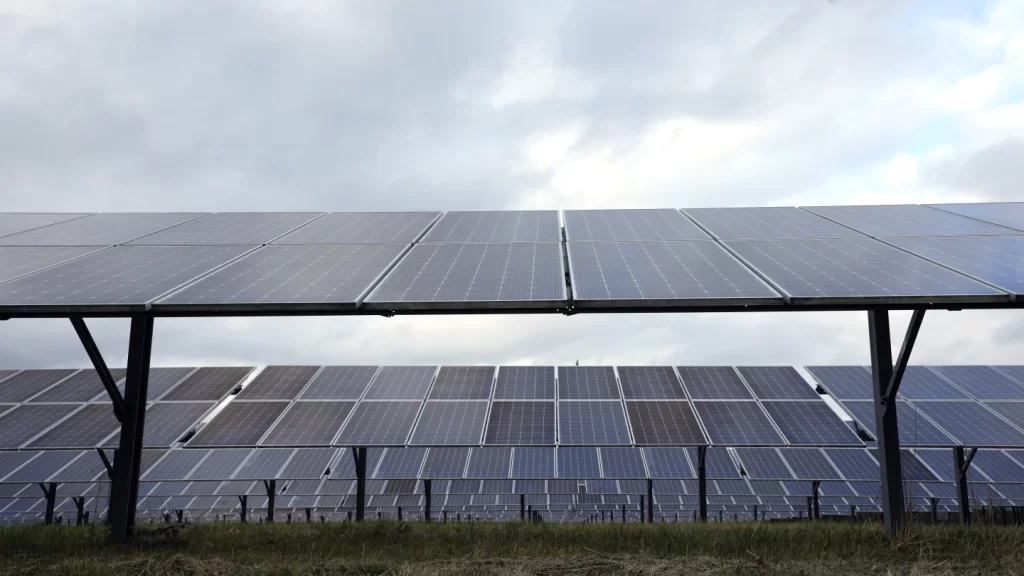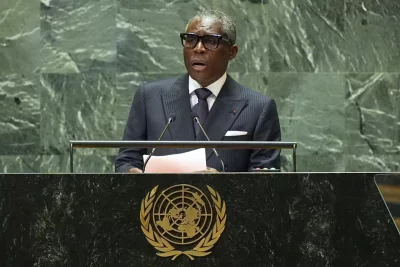
LANSING, Mich — Clean energy developers had planned a 75-turbine wind farm in mid-Michigan’s Montcalm County before local voters shot down the idea in 2022 and recalled seven local officials who had supported it.
About 150 miles (240 kilometers) southeast, Clara Ostrander in Monroe County found herself at the center of a similar conflict as rising medical costs forced her and her husband to consider selling land her family has owned for 150 years.
Leasing a parcel to an incoming solar farm could save the property, but neighboring residents complained so vehemently that Ostrander said the township changed its zoning to block the project.
Local restrictions in Michigan derailed more than two dozen utility-scale renewable energy projects as of last May, according to a study by the Sabin Center for Climate Change Law at Columbia University. Nationwide, and at least 228 restrictions in 35 states have been imposed to stop green energy projects
Michigan and more than a dozen other states are seeking to upend the decision-making process by grabbing the power to supersede local restrictions and allow state authorities to approve or disapprove locations for utility-scale projects.
The shift has sparked a political backlash that may escalate as more states seek to simplify getting green energy projects approved and built.
“We can’t allow projects of statewide importance that are critical to our state energy security to be vetoed on purely local concerns,” said Dan Scripps, chair of Michigan’s Public Service Commission.
Scripps and two other commission members now have the power to site large-scale renewable energy projects in the state under legislation passed by Michigan lawmakers and signed by Democratic Gov. Gretchen Whitmer in November.
Michigan joined Connecticut, New York, Oregon and Minnesota in requiring utility providers to transition to 100% carbon-free electricity generation by 2040. A sixth state, Rhode Island, is shooting for 100% renewable energy by 2033. The goals are consistent with the Biden administration’s target of carbon pollution-free electricity by 2035 and a net-zero emissions economy by 2050. Other states have long-standing goals lower than 100%.




